Imagine a robot that resembles a human, effortlessly folding laundry, preparing dinner, or tidying your home while you focus on what matters most. Will this be the ultimate doom for basement-dwellers? Your own pad where chores magically vanish—no parental nagging, just you ruling the couch like a snack-fueled king!
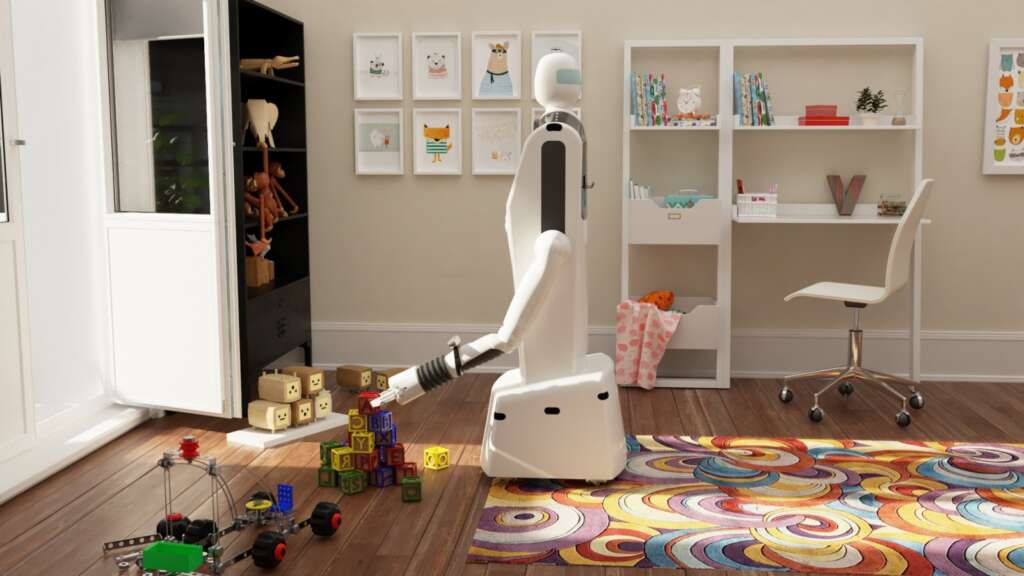
We are getting there with advanced artificial intelligence (AI), precise sensors, and human-like dexterity. Models like Tesla’s Optimus Gen 2, Sanctuary AI’s Phoenix, and Figure’s Figure 02 are leading the charge, horns out, bringing efficiency and convenience to daily life.



The Rise of Humanoid Robots
Humanoid robots, designed to mimic human form and function, are redefining home automation. Unlike single-task devices like robotic vacuums – i for one love mine – these versatile machines handle diverse chores, powered by generative AI, tactile sensors, and 5G connectivity.
Leading Humanoid Robots
- Tesla Optimus Gen 2: Excels at dishwashing, folding clothes, and organizing spaces, adapting to routines with AI-driven learning.
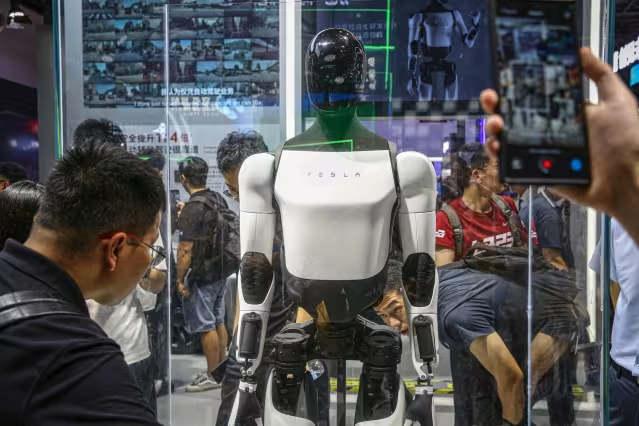
- Sanctuary AI’s Phoenix: Handles cooking, laundry sorting, and elder care, combining conversational AI with physical precision.
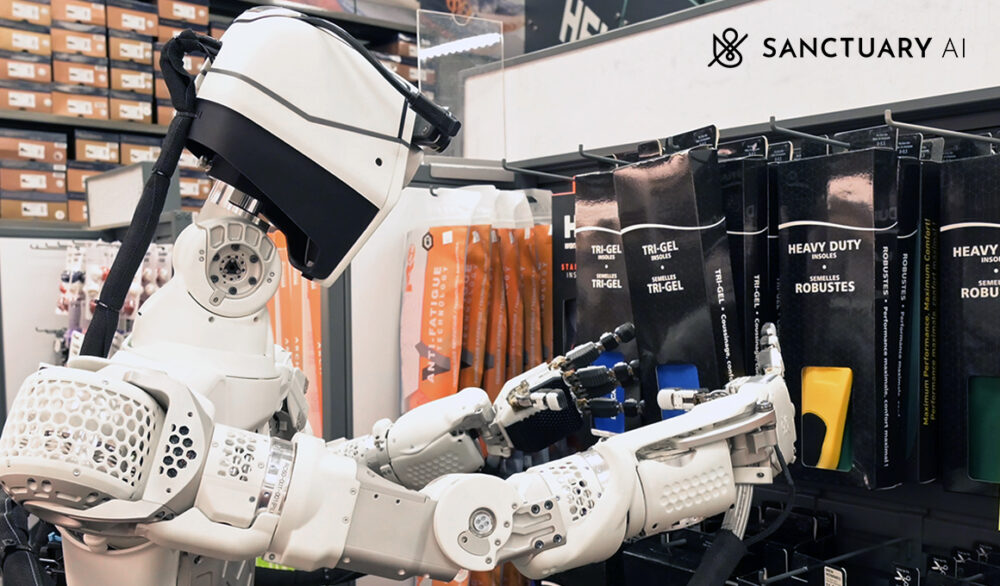
- Figure 02 (Figure AI): Equipped with human-like hands, it manages vacuuming, gardening, and furniture assembly with finesse.
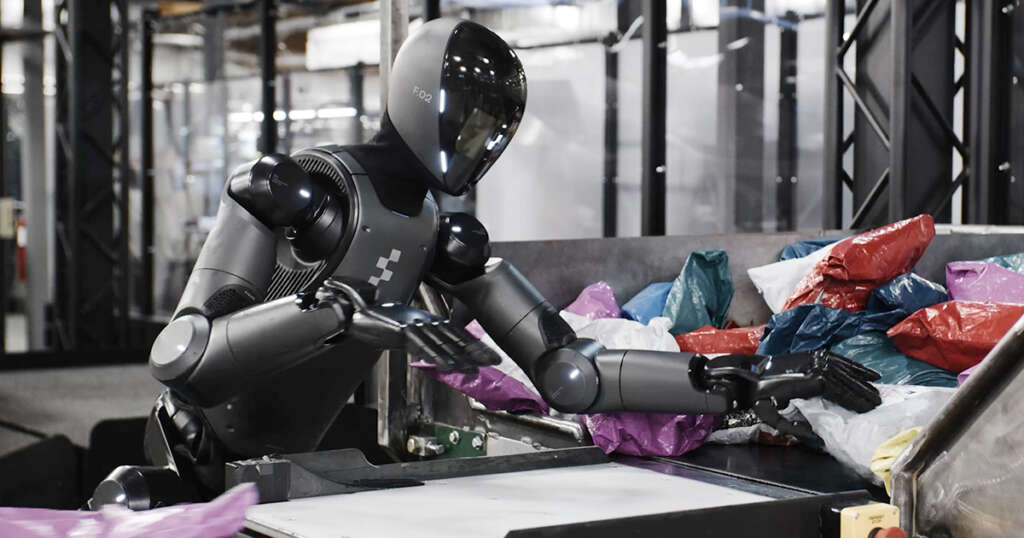
- NEURA Robotics’ 4NE-1: Compact yet capable, it organizes closets, cleans surfaces, and handles delicate items.
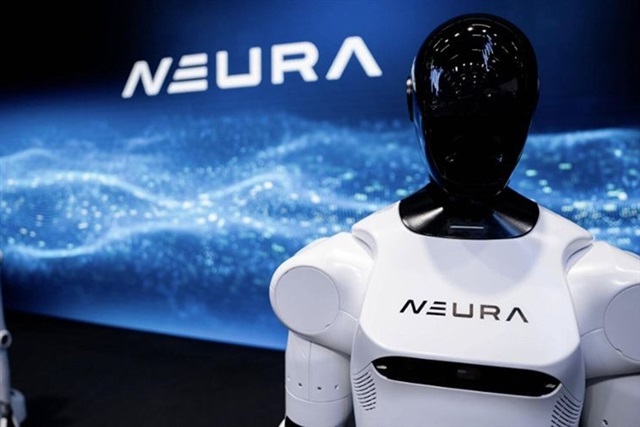
How Humanoid Robots Enhance Chores
1. Cleaning and Organization
Humanoids like Figure 02 navigate homes with AI vision, vacuuming, dusting, and tidying with precision. Their dexterous arms handle delicate objects and rearrange spaces, surpassing traditional cleaning devices.
2. Cooking and Meal Preparation
Phoenix can chop ingredients, follow recipes, and plate meals, tailoring dishes to dietary preferences using AI. It integrates with smart kitchens to streamline meal planning.
3. Laundry and Household Management
Optimus Gen 2 folds clothes, sorts laundry, and organizes closets efficiently, with sensors ensuring care for delicate fabrics and alignment with user preferences.
4. Elder Care and Assistance
Robots like Walker S1 (Hanson Robotics) fetch items, remind users of medications, and offer companionship, supporting independence for seniors with human-like interactions.
5. Gardening and Maintenance
Figure 02 and 4NE-1 plant seeds, prune plants, or perform minor repairs, using AI to monitor soil health or home maintenance needs.
Benefits of Humanoid Robots
- Versatility: One robot can perform multiple tasks, reducing the need for specialized devices.
- Time Efficiency: Automating chores saves 10–15 hours weekly, freeing time for work or leisure.
- Accessibility: They enable independence for those with mobility challenges or disabilities.
- Personalization: AI adapts to user habits, customizing tasks like cooking or organizing.
Challenges to Consider
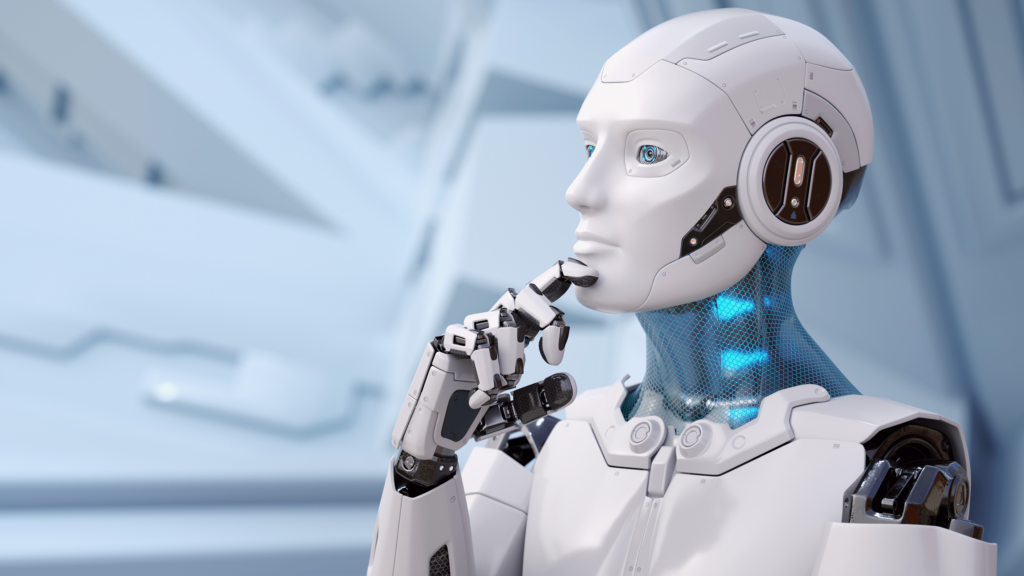
Despite their potential, hurdles remain:
- Cost: High-end models like Optimus can be expensive, though Robotics-as-a-Service (RaaS) models improve affordability.
- Privacy Risks: Connected robots collect data on home layouts and routines, requiring robust cybersecurity.
- Setup Complexity: Initial configuration may challenge less tech-savvy users.
- Ethical Concerns: Over-reliance on robots could reduce human interaction, and job displacement in caregiving or cleaning sectors is a concern.
- Energy Demands: AI-powered robots consume significant power, necessitating sustainable designs.
The Future of Humanoid Robots

In 2025, humanoid robots are gaining traction in homes, with advancements in AI, materials, and affordability set to make them commonplace by 2030. Future models may anticipate needs—like preparing breakfast before you wake—integrating seamlessly into daily life, thanks to innovations from companies like NVIDIA and Tesla.
Conclusion
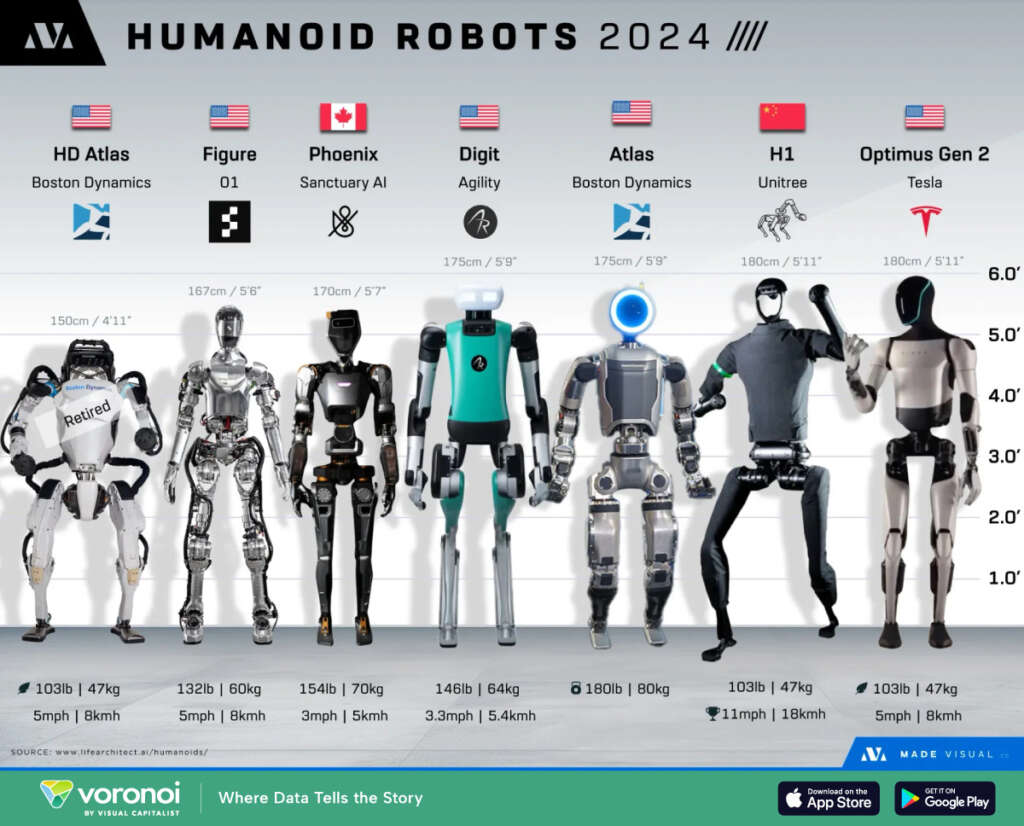
Humanoid robots are transforming household chores, making homes more efficient, accessible, and stress-free. From cooking to caregiving, their human-like capabilities offer unmatched convenience. While challenges like cost and privacy persist, their potential to enhance daily life is clear. As technology advances, these robots are poised to become essential partners in modern households.








1 Comment